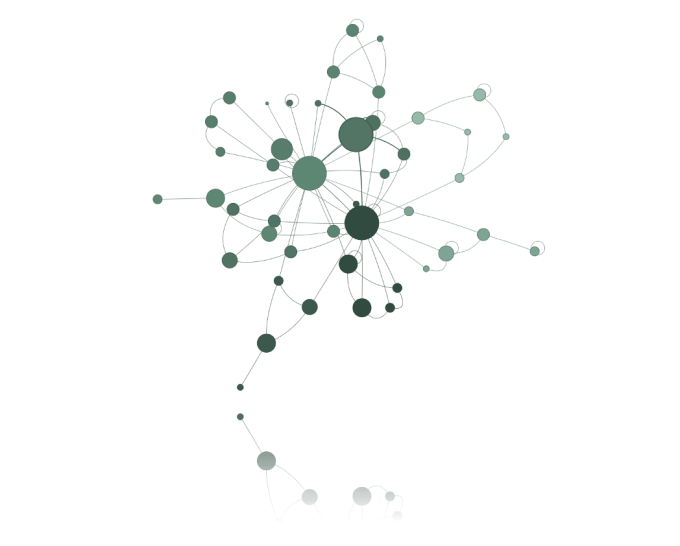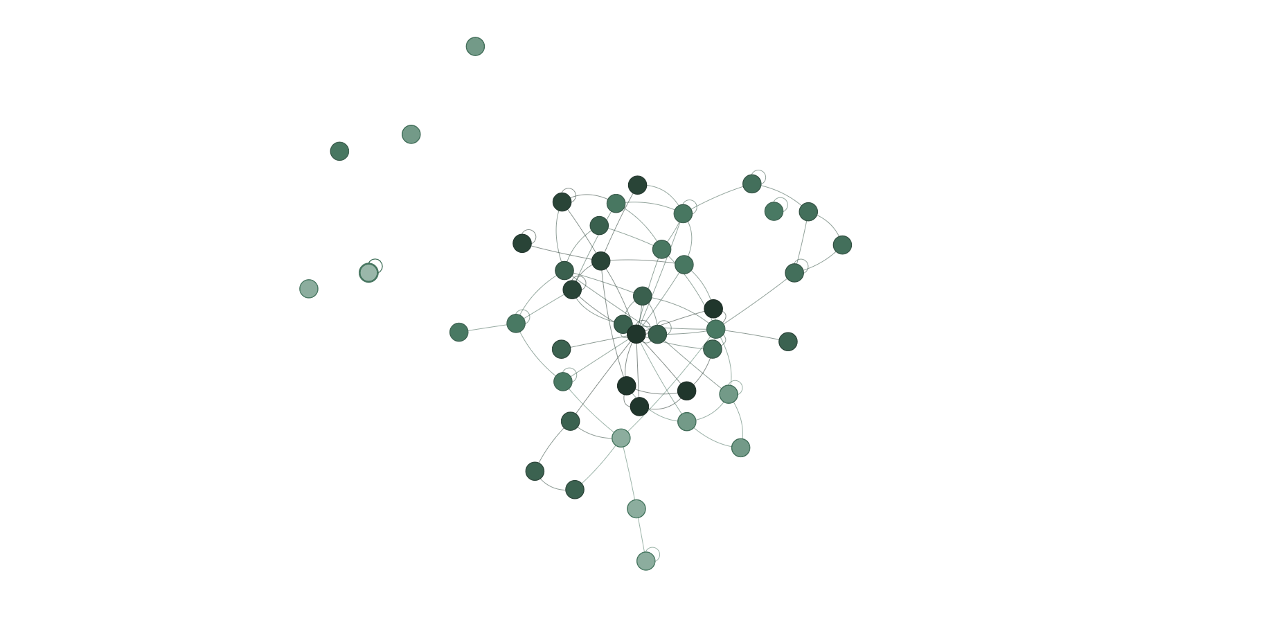By Rebecca Hinds, Head of The Work Innovation Lab by Asana
Too many workplaces are hyper-monitoring their employees right now, both by blatantly tracking keystrokes and in more covert ways like watching the green light on employees’ chat app profiles blink on and off. This near-obsession with output and productivity is crippling organizations and their workers. It fuels misaligned incentives and, for workers, provokes “productivity theater” – when workers perform actions like sharing news articles and commenting on message threads that give the impression that they are working hard, but are not all that productive.
There’s a better way to fuel work effectiveness. Collaborative intelligence unlocks real, enduring value in today’s organizations. Collaborative intelligence combines network science with data science and management science to understand how an organization collaborates. It is the lifeblood for the future of work – because collaboration is more invisible than ever before, involving distributed workers, more technologies, and more complex workflow.
Based on our research at The Work Innovation Lab, in partnership with the Connected Commons – a research consortium focused on the science of productive collaboration – here’s how organizations can leverage collaborative intelligence to transform their work practices.
Bust Harmful Silos
With work more distributed than ever before, leaders need collaborative intelligence to identify silos. Silos exist across different dimensions: functional, geographic, and work arrangements (e.g., hybrid, remote, in-office). Silos create blockages in team visibility, and lead to delays, confusion, missed opportunities, and overlooked mistakes. With the shift to remote work, we’ve seen silos among functional groups become deeper for many organizations, making collaborative intelligence ever more critical.
Of course, every organization is different, and not every function needs to be highly collaborative. There are times when collaboration can even be detrimental, especially for innovation, which can often thrive in the presence of silos. This is where management science comes in—it’s important to look at collaborative intelligence in the context of business objectives. Your organization’s collaboration patterns should look different depending on whether you want to maximize revenue, innovation, or efficiency. Without collaborative intelligence, it’s impossible to know whether the outcomes your organization is optimizing for are being helped or hindered by its collaboration patterns.
Identify Who Is Collaboratively Overloaded
Research by Connected Commons, as part of their organization network analyses, has found between 30-50% of employees describe being overloaded and overwhelmed by collaborative demands. When workers are collaboratively overloaded, they are more likely to suffer from burnout, languishing, fatigue, and become disengaged.
One application of collaborative intelligence is to empower leaders with insight into how much work employees are delegating to others versus being assigned by others. If the balance is off-kilter, that may be a red flag. Of course, we need to consider an employee’s role and seniority level, but after controlling for key factors and leveraging data science, we can start to identify, even proactively, where workers are collaboratively overloaded.
Ideally, workers have fingertip access to collaborative intelligence. We’ve found that workers want more knowledge of how they are collaborating in relation to others. In one of our studies at The Work Innovation Lab, we built a “collaborative intelligence dashboard” for participants who opted into the study. The dashboard displayed key metrics that showed how extensively they were collaborating each day. We found that, throughout the study, participants became more intentional about how they collaborated with others and decreased the amount of collaborative overload they triggered for others.

Identifying collaboratively-overloaded individuals using collaborative intelligence (node size is proportional to the extent of collaborative overload)
Identify Under-Engaged Workers
Right now, leaders are struggling to identify under-engaged workers in a more remote work environment. With collaborative intelligence, leaders can understand which employees are not collaborating or not integrated into complex workflows and may be under-engaged. This intelligence can then be used to proactively reduce the risk of employee attrition.
Merely looking at (or surveilling) work output doesn’t allow leaders to identify under-engaged workers. Workers can be highly productive but if they are not integrated into collaborative work or complex workflows, their engagement will take a nosedive.

Identifying workers who are not integrated into workflows using collaborative intelligence
The businesses that thrive in the future will embrace collaborative intelligence as a new dynamic capability. As work is more complex and uncertain than ever before, collaborative intelligence enables workplaces to strategically experiment with more confidence, lower risk, and real-time feedback. As you change your strategies, build new products, and reorganize your workforce, collaborative intelligence helps you understand how work changes – work that is much more expansive than keystrokes and green-lit-up profile lights.